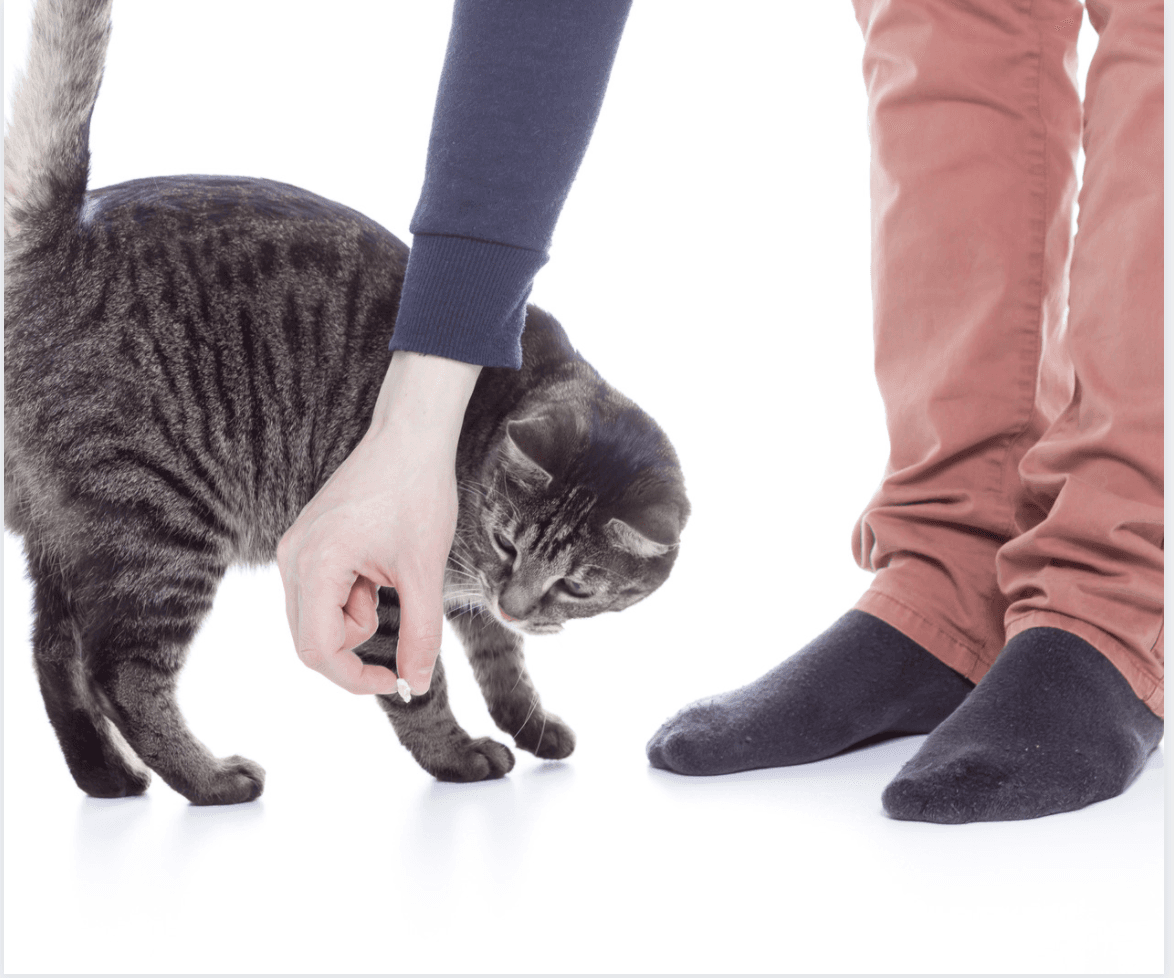We’ve all seen funny pictures of cats and cat parents that look similar to each other. Yet, we can all agree that, in the grand scheme of things, cats and humans look (and behave) nothing alike. This being the case, it might surprise you to learn that cats and humans are actually very genetically similar. Read on to learn about key similarities and differences between cats and humans when it comes to genetics, and the history behind the study of their respective genomes.
Cat & Human DNA - differences
Humans have 23 pairs of chromosomes (22 autosomal pairs, 1 pair of sex chromosomes) and cats have 19 pairs of chromosomes (18 autosomal pairs, 1 pair of sex chromosomes).
Humans have an estimated 30,000 genes; cats have about 20,000 genes. If you want to know what your cat's genetics can tell you about their health & breeds, take a look at the Basepaws cat Breed + Health DNA test.
The first human genome to be sequenced was completed in 2003; the genome of an Abyssinian cat named Cinnamon was completed in 2007.
There are several human at-home DNA testing companies on the market, such as Nebula Genomics, while Basepaws is the leader in feline genetic testing.

Cat & Human DNA - similarities
A 2007 study found that about 90% of the genes in the Abyssinian domestic cat are similar to humans.
The cat and human genomes each contain approximately 2.5-3 billion base pairs.
Cats and humans share greater chromosomal organization similarity than humans and rodents and cats and rodents. This means that, in a lot of cases, genes found next to each other in human chromosomes are also found next to each other in feline chromosomes.
Even though dogs are usually in the limelight of veterinary medical research, ~200 genetic diseases analogous to human disorders have already been described in cats. Basepaws is actively researching feline diseases where there is little existing knowledge available. Some of these areas of research have direct translational value to human diseases.

“Feline infectious agents offer powerful natural models of deadly human diseases including feline immunodeficiency virus (FIV)-AIDS, feline coronavirus (FeCoV)-SARS and avian influenza, and feline leukemia and sarcoma virus (FeLV, FeSV)-leukemia and sarcoma” (Genome Research). If you want to learn about your own COVID risk, take a look at the reports that Nebula Genomics provides.
Some feline cancers bear a remarkable similarity to human tumors. Three examples include
feline oral squamous cell carcinoma, which shares clinical and molecular features with human head and neck cancer.
feline mammary tumors, where the malignant ‘triple-negative’ phenotype (hormone receptor negative and not over-expressing HER2) is more common than in humans, offering an enriched population to study potential new intervention.
feline injection site sarcoma, which can serve as a model for inflammation-driven tumorigenesis in humans .
Even though the last common ancestor between cats and humans lived millions of years ago, the genetic conservation between the two is remarkable. Studying the domestic cat’s genome can inform multiple therapeutic avenues for diseases in humans. Conversely, therapies developed for diseases in humans can often be effective in similar diseases in cats. There are several human DNA testing companies on the market that offer DNA reports on hundreds of traits, and cat DNA companies that will help you understand your cat's health and breeds.
Ultimately, your furry companion’s DNA and your own DNA tell a very similar story.




